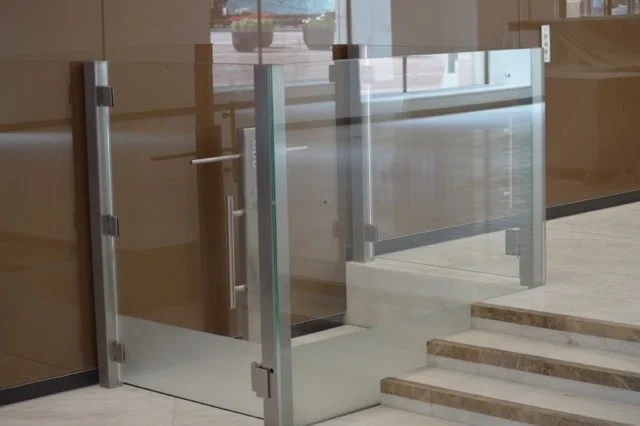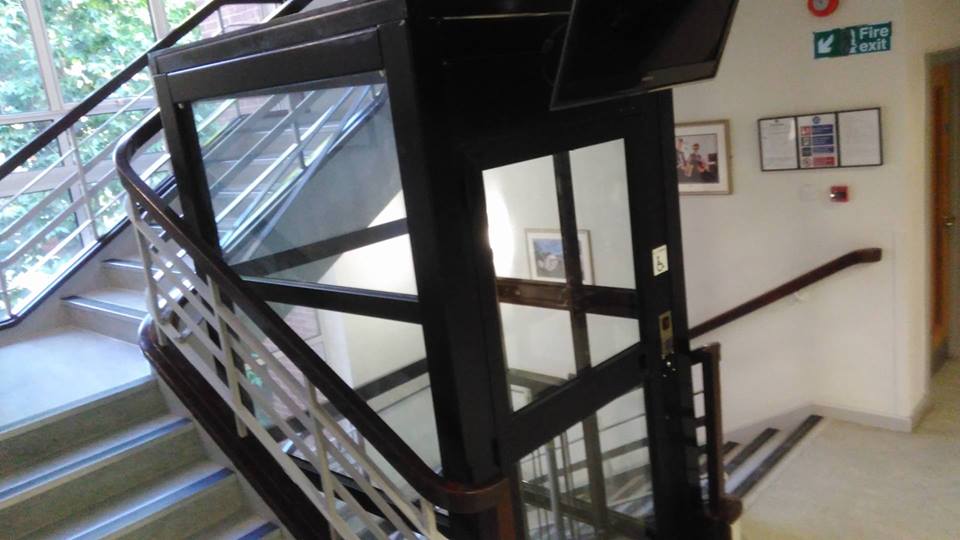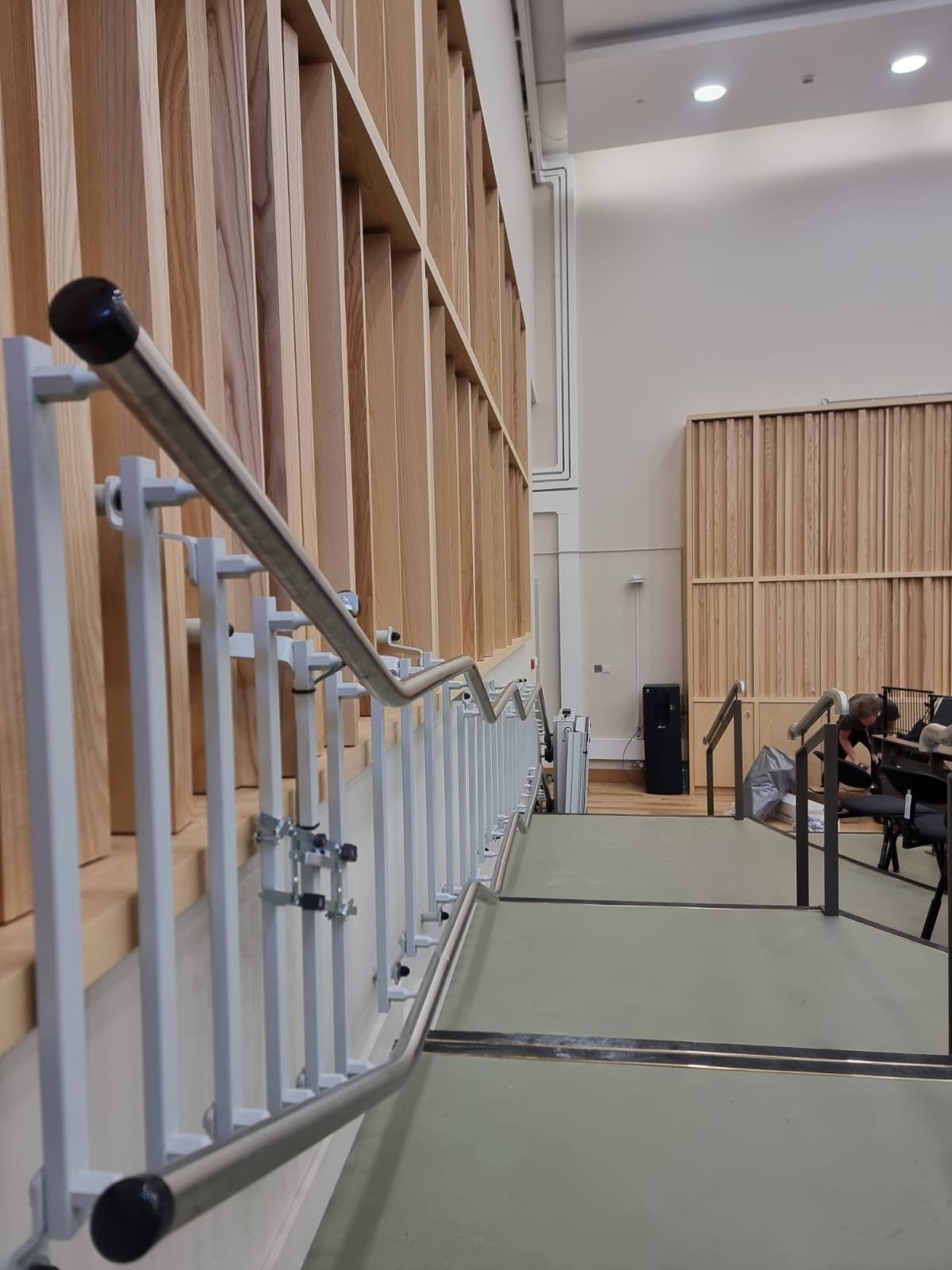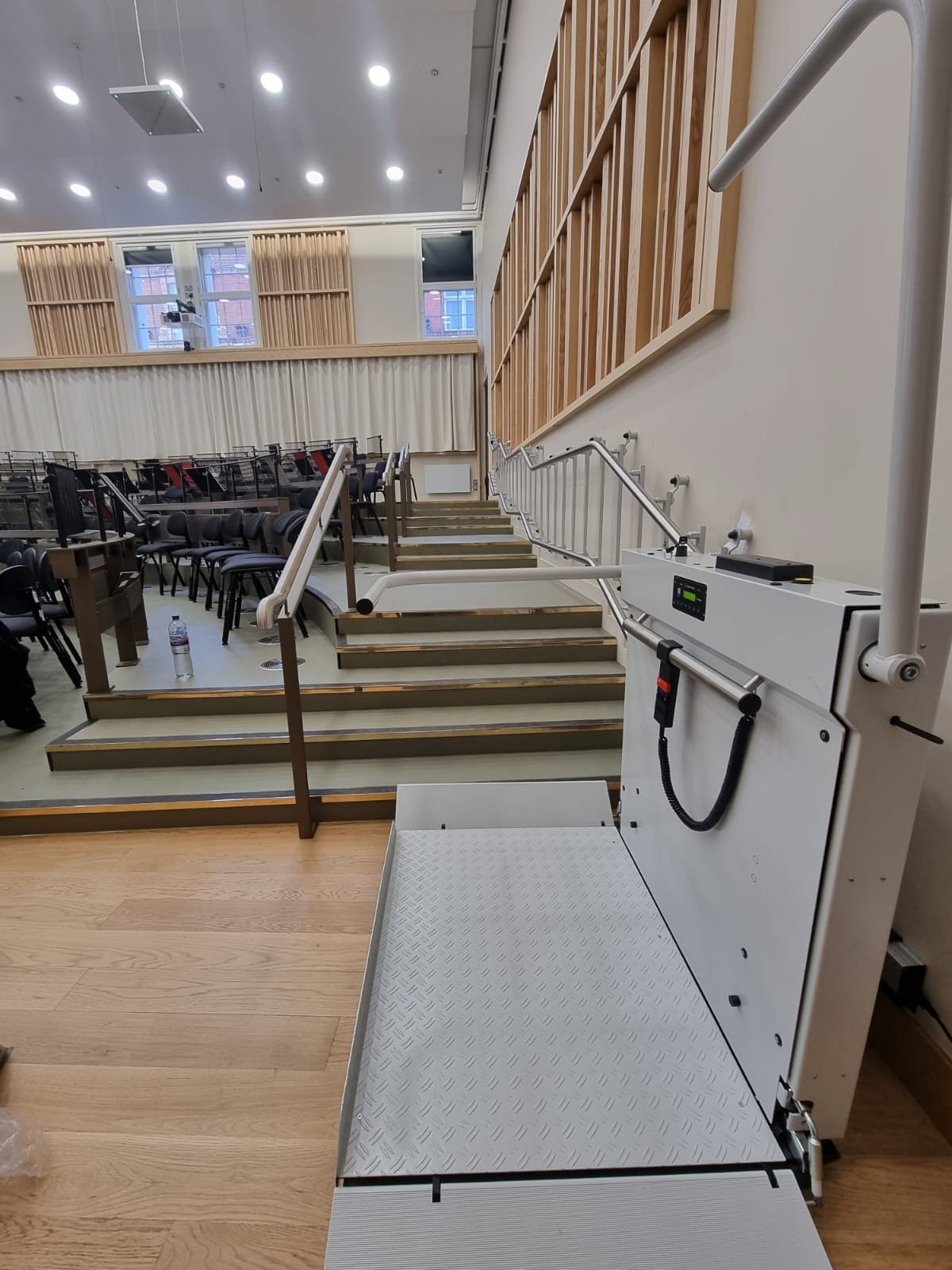The Social Model for Disability offers an alternative way of viewing disability, that shifts the focus from the individual to the barriers in society that prevent disabled people from living full and independent lives. The concept was developed by disabled people to help others recognise the various inequalities and prejudices they face in everyday life.
The term ‘social model for disability’ was first coined by the disabled academic Mike Oliver in 1983, as an alternative to the ‘medical model of disability’ that suggests the problems disabled people face lie with their impairment or condition.
The social model suggests that the barriers disabled people face lie in the way that society is organised rather than within themselves. In the UK, this concept has influenced social and government policies, helping to make society a more inclusive and accessible place for disabled people. Here are some examples of the progress made so far.
Greater rights for disabled people
The introduction of the Disability Discrimination Act (1995) has played a significant role in advancing the rights of disabled people in society. It was further enhanced by the Equality Act (2010), which extends further legal protections to disabled people.
For example, businesses and organisations such as shops, employers, educational buildings, and other public spaces must make reasonable adjustments to ensure that disabled people can access the facilities or services. This shifts the problem from the disabled person to the fabric of society.
If there are physical features of a building that are providing barriers to access, these must be altered if it is practicable to do so. This includes measures such as installing wheelchair platform lifts where there are steps or stairways, widening doorways and corridors to accommodate wheelchairs, and providing disabled toilets.
Greater participation in planning and policymaking
In the past, decisions that shaped disabled people’s lives were usually made for them rather than by them, with very little consultation or even knowledge about the challenges that disabled people face when navigating and participating in society. The social model of inclusion has led to a far more inclusive approach to planning and policymaking.
This means that disabled individuals, disability campaign groups, and relevant social and healthcare experts are now routinely included in the consultation process when disabled people will be directly affected by the outcome of policy or new development.
Greater integration into society
In the past, it was assumed that the majority of disabled people would not be able to work or live independently, or have families of their own. Now, there is a much stronger support and legal framework to help disabled individuals fulfil their potential in education, in the workplace, and in their social and personal lives.
For example, employers are not allowed to discriminate against disabled people by screening out job applications, and they must make reasonable adjustments to ensure that the employee is not disadvantaged at work.
This could include providing specially adapted equipment, offering flexible working hours, or providing adaptations such as lifts, ramps, and disabled toilets.









































